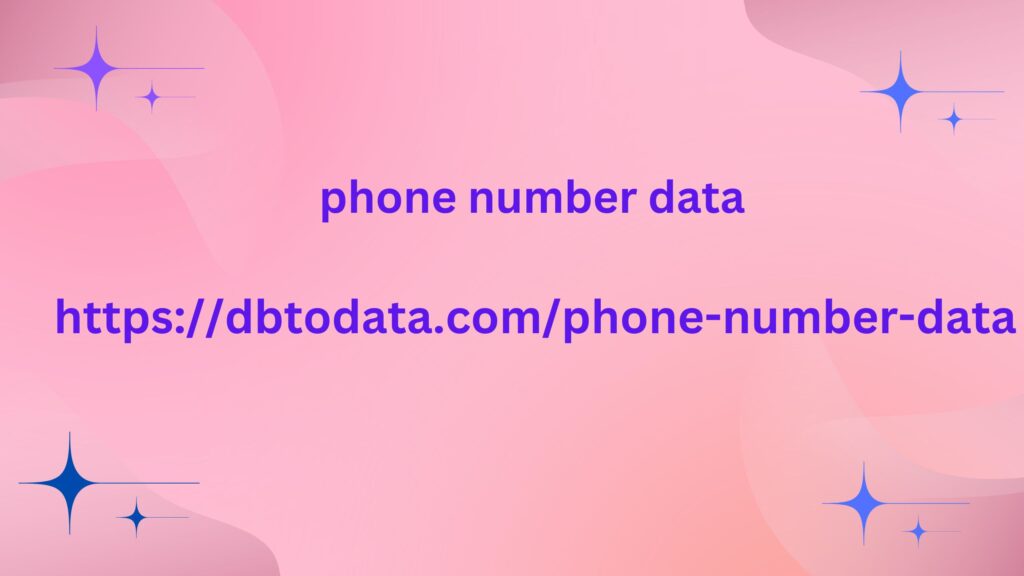A social media content calendar is a strategic planning tool that outlines your social media posts, their topics, and their scheduled publishing times. It helps ensure consistent engagement, saves time, and aligns your content with your overall marketing goals.
Define Your Goals and Target Audience
Before creating your content calendar, clearly define your social media goals. Are you aiming to increase brand awareness, drive website traffic, generate leads, or boost sales? Understanding your goals will help you tailor your content accordingly. Additionally, identify your target audience. Knowing their interests, you to create content that resonates with them.
Conduct a Content Audit
To avoid duplicating content and thailand phone number data identify gaps in your social media strategy, conduct a content audit. Analyze your past posts, engagement metrics, and audience feedback. This will help you understand what has worked well and what hasn’t.
Advertisers worldwide will spend $23.68 billion on paid media to reach consumers on social networks in 2015, a 33.5% increase from 2014. By 2017, social network ad spending will reach $35.98 billion, representing 16.0% of all digital ad spending globally. Compelling stats and figures aside, it doesn’t take a marketing guru to realize that, with virtually everyone on the planet interacting on social networks, social media might not be such a bad place for your business to advertise.
Plan Your Content Themes and Topics
Based on your goals and target audience, plan your content themes and topics. Consider incorporating a mix of evergreen content (content that remains relevant over time) and timely content (content related to current events or trends).
Schedule Your Posts
Once you have determined how to use neural networks for business: examples and best practices your content themes and topics, create a schedule for your posts. Consider factors such as your audience’s online behavior, peak engagement ws data times, and any relevant events or holidays. Use a content calendar tool or spreadsheet to visualize your schedule and ensure consistency.
Track and Analyze Your Performance
After publishing your content, track and analyze its performance. Monitor metrics such as likes, shares, comments, clicks, and conversions. Use this data to identify what is working well and what needs improvement. This information will help you refine your content strategy and create more effective posts in the future.

